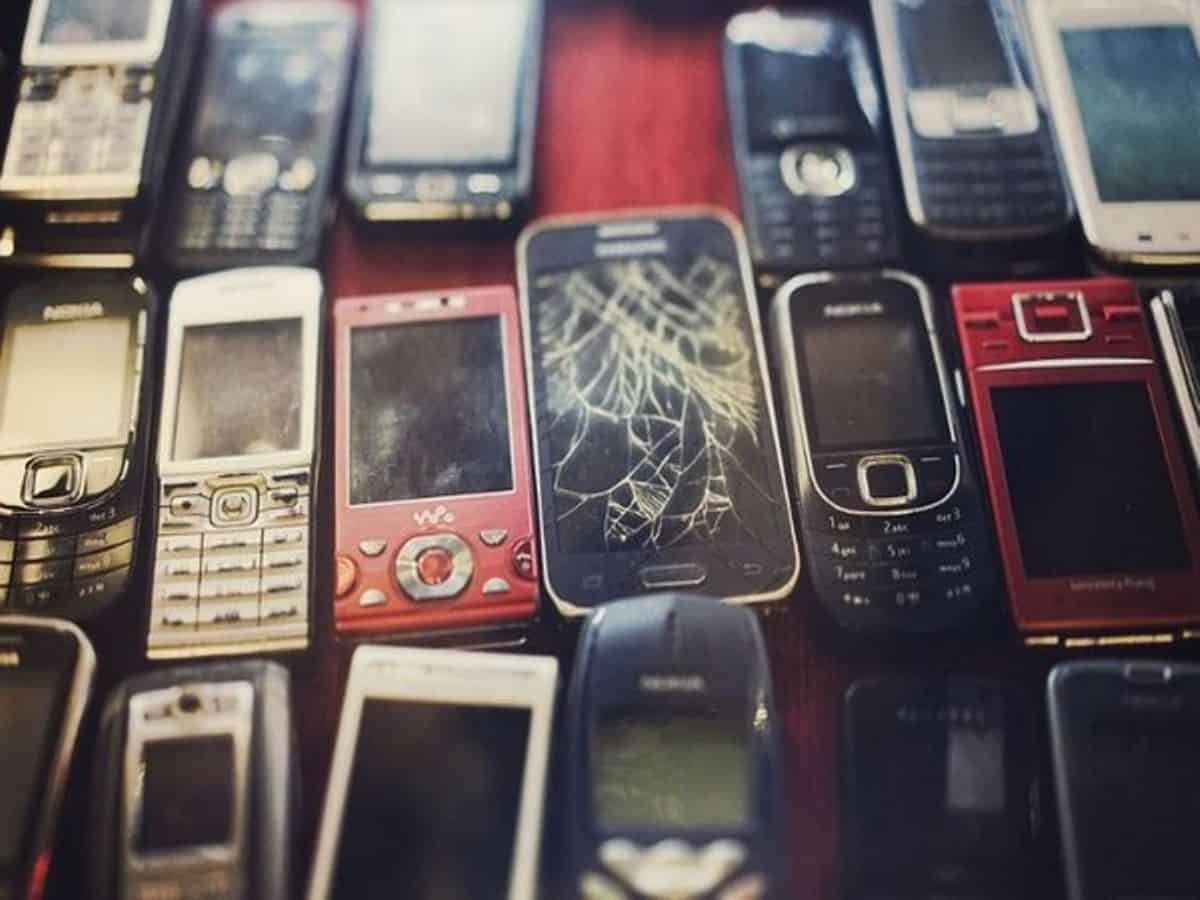Washington D.C. [USA]: A group of researchers has achieved success in manufacturing new lithium batteries from used cell phones.
Lithium-ion batteries are used around the world and are indispensable for their widespread use in cell phones, laptops and electric cars.
However, cell phones are devices with a low recycling rate, which, if not handled properly, would add up to the long list of electronic waste produced every year worldwide.
The project from the University of Cordoba (Spain) and San Luis University (Argentina) – which was undertaken by Lucia Barbosa, Fernando Luna, Yarivith Gonzalez Pena and Alvaro Caballero — found a way to recycle the graphite in these devices, a material located in the negative terminals of batteries whose function is to store and conduct lithium.
As highlighted by one of the heads of the study, Professor Alvaro Caballero, the researchers were able to eliminate the impurities of used graphite, reorganize its structure and reactivate it for new use.
Interestingly, this material makes up a quarter of the total weight of a lithium battery, so when it is recycled, “we are recovering 25% of the whole energy storage system, a fact that is all the more relevant considering that this material comes from crude oil”, explains Caballero.
Another important aspect of this research is that on the positive terminal of this new recycled battery, they were able to forego the cobalt, which is widely used in the mobile device industry.
As pointed out by one of the lead authors of the study, researcher Fernando Luna, “cobalt is a toxic element that is more expensive than others like manganese and nickel, which were used in this research”.
What is more, it is one of the so-called blood minerals, whose mining, like coltan mining, is associated with mines in conflict zones.
According to the conclusions shown by the study, “the results are comparable and in some cases better than those obtained from commercial graphite”.
Some of the tests carried out show that, in the best cases, battery capacity is kept stable after getting through a hundred charge cycles, which equates to about a year of performance.
Despite these promising results and that the tests were done on complete cells of a real battery, the research was performed on a small scale and in the laboratory, hence there is still a long way to go until this manual process of recycling can be standardized.

